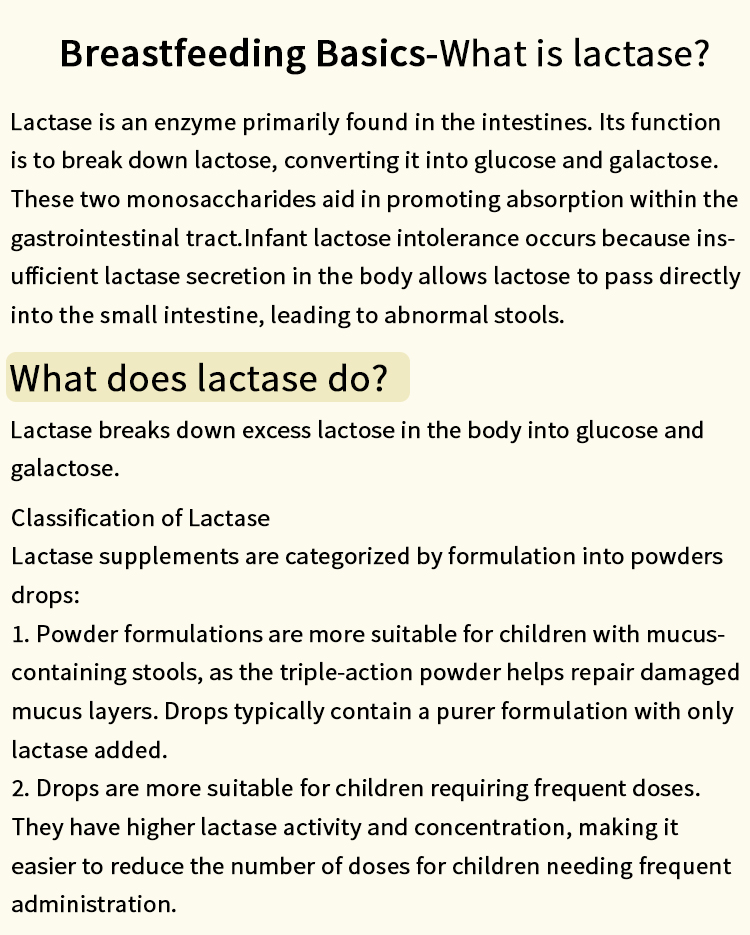In an increasingly globalized economy, the efficient transportation of goods over long distances is paramount for businesses aiming to optimize their supply chains and reduce operational costs. As companies seek to balance cost, speed, and reliability, understanding the various modes of transportation available is crucial. This article delves into the cheapest modes of transporting goods over long distances, analyzing their advantages, limitations, and best-use scenarios.
- The Landscape of Long-Distance Transportation
Long-distance transportation encompasses various methods, including road, rail, air, and maritime shipping. Each mode has its unique characteristics, cost structures, and suitability for different types of cargo. The choice of transportation mode significantly impacts overall logistics costs, delivery times, and the environmental footprint of the supply chain.
- Maritime Shipping: The Titan of Cost-Effectiveness
When it comes to transporting large volumes of goods over long distances, maritime shipping stands out as the most economical option. Container ships can carry thousands of TEUs (Twenty-foot Equivalent Units) at a fraction of the cost per ton compared to other modes.
Advantages:
- Economies of Scale: The larger the vessel, the lower the cost per unit of cargo transported.
- Fuel Efficiency: Ships are generally more fuel-efficient than trucks or planes, especially over long distances.
- Capacity: Ideal for bulk goods, including raw materials, agricultural products, and manufactured goods.
Limitations:
- Transit Time: Maritime shipping is slower than air freight, making it less suitable for time-sensitive deliveries.
- Port Accessibility: Not all locations have access to ports, which can complicate logistics.
- Rail Transport: The Middle Ground
Rail transport is another cost-effective mode for long-distance shipping, particularly in regions with extensive rail networks. It serves as an excellent alternative for bulk commodities and heavy goods.
Advantages:
- Cost Efficiency: Rail transport is generally cheaper than road transport for long hauls, especially for bulk items.
- Environmental Impact: Trains emit less CO2 per ton-mile compared to trucks, making them a greener option.
- Reliability: Rail schedules are often more predictable than road transport, reducing the risk of delays.
Limitations:
- Infrastructure Dependency: Rail transport is limited to areas with existing rail infrastructure.
- Loading and Unloading: The need for additional handling at terminals can add to overall costs and time.
- Road Transport: Flexibility at a Cost
While road transport is typically more expensive than maritime or rail options, it offers unmatched flexibility and accessibility. It is often used for the final leg of delivery, known as last-mile logistics.
Advantages:
- Accessibility: Trucks can reach remote locations that may not be serviced by rail or maritime transport.
- Speed: For shorter distances, road transport can be faster than other modes, especially when considering door-to-door service.
Limitations:
- Higher Costs: Fuel prices, tolls, and driver wages can make road transport more expensive, particularly for long distances.
- Traffic and Weather: Road transport is susceptible to delays caused by traffic congestion and adverse weather conditions.
- Air Freight: The Premium Option
Air freight is the fastest mode of transportation, but it comes with a significantly higher price tag. It is best suited for high-value, low-volume goods that require quick delivery.
Advantages:
- Speed: Air transport is unparalleled in terms of delivery speed, making it ideal for urgent shipments.
- Global Reach: Air freight can connect remote areas quickly, facilitating international trade.
Limitations:
- Cost: Air freight is the most expensive option, often making it impractical for bulk shipments.
- Weight Restrictions: Airlines impose strict weight limits, which can limit the types of goods transported.
- Conclusion: Choosing the Right Mode
Determining the cheapest mode of transporting goods over long distances requires a nuanced understanding of the specific needs of the shipment, including cost, speed, and cargo type. For bulk commodities, maritime shipping and rail transport are typically the most economical choices. However, businesses must also consider the entire logistics chain, including last-mile delivery, to ensure efficiency and cost-effectiveness.





